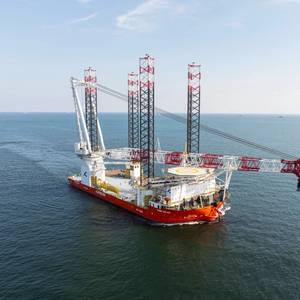
Hanwha Ocean has delivered the Wind Mover wind turbine installation vessel (WTIV) to offshore wind contractor Cadeler, completing the second vessel in the company’s M-class series about one month ahead of schedule.The vessel was formally signed over on November 28 and sailed away on December 2, following a naming ceremony at Hanwha Ocean’s shipyard in Korea.
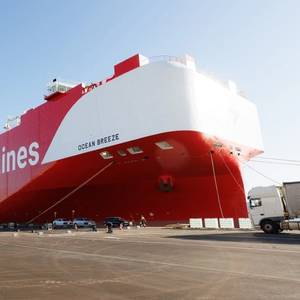
Sallaum Lines has launched its first LNG dual-fuel pure car and truck carrier (PCTC) newbuilding, the Ocean Breeze, with a landmark ceremony in the port of Antwerp.The Ocean Breeze has capacity for 7,500 CEU and is powered by dual-fuel LNG engines. The vessel delivers substantial reductions in CO2, NOx, and particulate emissions compared to conventional tonnage.
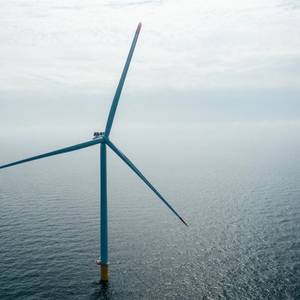
Danish offshore wind installation firm Cadeler has signed a firm contract with Ocean Winds for the transportation and installation of 26 Siemens Gamesa 14 MW offshore wind turbines at the BC-Wind offshore wind farm in the Polish Baltic Sea. The signing of this firm contract follows the Vessel Reservation Agreement (VRA) signed in February 2025 between Cadeler and Ocean Winds.
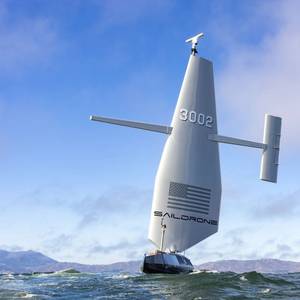
American Bureau of Shipping (ABS) has issued classification to the Surveyor, a fully autonomous deepwater unmanned surface vehicle (USV), developed by Saildrone.At 20 meters long and capable of unmanned operations across all of the world’s oceans, the Surveyor is the largest class of USVs from Saildrone, a provider of maritime security, ocean mapping
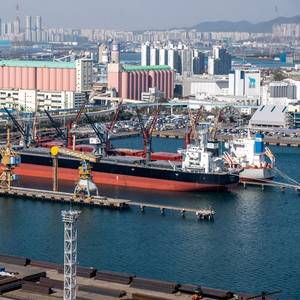
South Korea and the United States havehttps://www.marinelink.com/news/hanwha-build-usflagged-lng-carrier-528214 been discussing a shipbuilding tie-up that could include investments to modernize U.S. shipyards and more help to repair the U.S. naval fleet as Seoul seeks better tariff terms, government and industry sources said.U.S. President Donald Trump, who has made revitalizing the aging U.S.
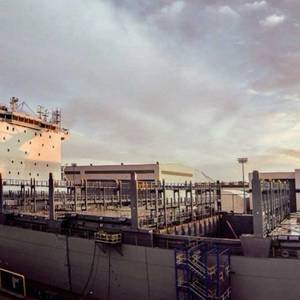
Hanwha Shipping, a U.S. subsidiary of Korean shipbuilder Hanwha Ocean, on Tuesday said it ordered an LNG carrier valued at roughly $252 million from its own Pennsylvania-based unit Hanwha Philly Shipyard.Under the agreement, the ship will be built in Korea and flagged in the United States. It is slated for delivery in the first half of 2028.
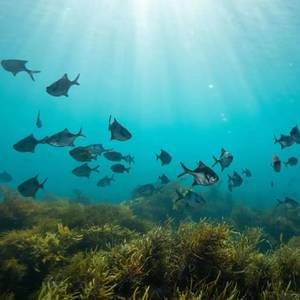
Fugro has been selected by nonprofit organization Ocean Visions to lead the development of a standardized environmental impact assessment framework for marine carbon dioxide removal (mCDR), a set of emerging technologies that enhance the ocean’s natural ability to store carbon.The initiative aims to support the permitting of mCDR projects by providing a transparent

Britain's Prince William on Sunday called on world leaders and businesses to take urgent action to protect the planet's oceans, saying it was a challenge "like none we have faced before."Speaking ahead of the U.N. Ocean Conference, which begins in France on Monday, William said rising sea temperatures
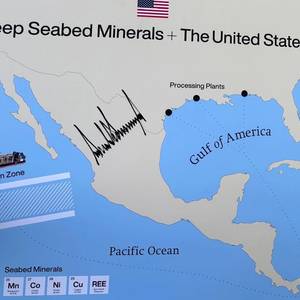
Deep-sea mining firm The Metals Co asked the Trump administration on Tuesday to approve its plans to mine the international seabed, making it the first such company to seek the government's permission to operate outside U.S. territorial waters.Last week President Donald Trump signed an order aiming to jumpstart mining in both domestic and international waters in an attempt to boost U.S.
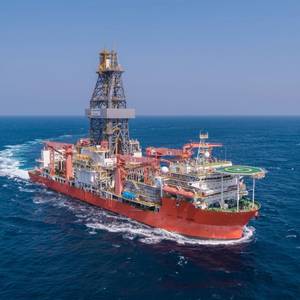
Hanwha Ocean has held a naming ceremony for its high specification ultra-deepwater drillship Tidal Action, signaling its official entry into the deepwater drilling industry.The Tidal Action is built on Hanwha Ocean’s proprietary design and is capable of drilling at depths of up to 12 kilometers in waters as deep as 3.6 kilometers.
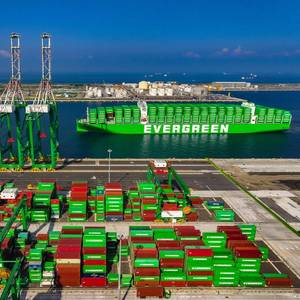
Taiwanese container shipping firm Evergreen Marine Corporation has ordered 11 new LNG dual-fuel container ships from South Korean and Chinese shipyards, whose combined worth is up to $3.2 billion.On February 12, Evergreen disclosed two orders for 11 container ships, each with a 24,000 TEU capacity.
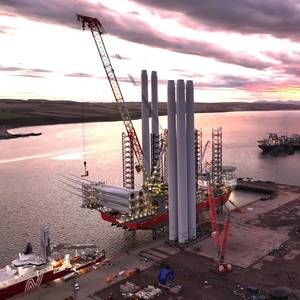
Danish offshore wind installation firm Cadeler has signed a vessel reservation agreement with Ocean Winds for the installation of the wind turbine generators at BC-Wind offshore wind farm in the Polish Baltic Sea.The potential value of the contract to be negotiated during the pendency of the agreement is estimated to be between $49 million and $58 million.